The forest holds no more magical sound than the song of the hermit thrush at dusk. In the calm of evening, when the breeze drops and the leaves hang still, it flutes through the trees: a short, liquid, melancholy song. You stand transfixed in the twilight of the trail, grasping for a lost memory or emotion. Perhaps some ancestral memory of the primaevel forest. Time pauses.
For anyone living in Orleans, in Ottawa’s east end, a short walk down the pathway into Bilberry Creek Ravine leaves behind the sounds of the City and carries one into the world of the wood thrush. The steep, wooded slopes of the ravine create a quiet haven. The chuckling of the creek rises from somewhere below. The thick duff of the forest floor rustles with hidden growth and life.
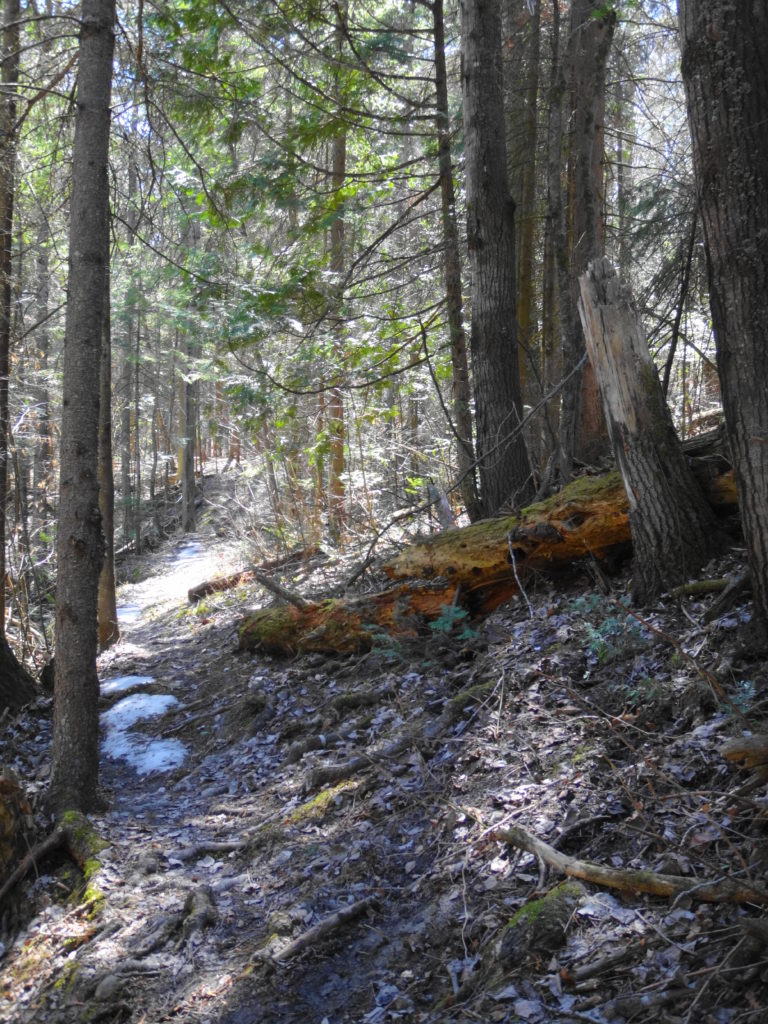
On an early, warm Spring morning, I stood quiet and still beside the trail in Bilberry Creek Ravine, hoping for a hermit thrush to come within photography range. I had stopped at the fuss of chickadees and nuthatches in the pines ahead, thinking that an owl or hawk might be hidden in the dense boughs. The hermit thrush foraged nearby on the forest floor, teasing. It moved from shadow to shadow, clearly visible in my binoculars, but just beyond the reach of my pocket camera’s small lens.
As I waited patiently for the thrush to come closer, I caught another movement in the corner of my eye. 30 metres farther up the slope, almost screened by underbrush, a red fox climbed on to a rotting log, into a fleck of sunlight piercing the pine canopy. Very slowly, I turned my head to watch it. It sat upright in the rare patch of warmth, the light glowing in its fur. As carefully as possible, I inched my binoculars back up to my eyes. But not carefully enough. The fox turned its head toward me, lowering itself warily to the log. I froze. For long seconds, we both stood still, our gazes locked on each other. Then I moved slightly, just a shift of balance. With a quick turn, the fox rose and vanished into the brush. Thinking that the fox had prompted the chattering of the songbirds, I started again along the trail and jumped a small tributary brook. Just at that moment, in the pine trees behind me, a barred owl began to call: “who, who, who-calls-for-you”.
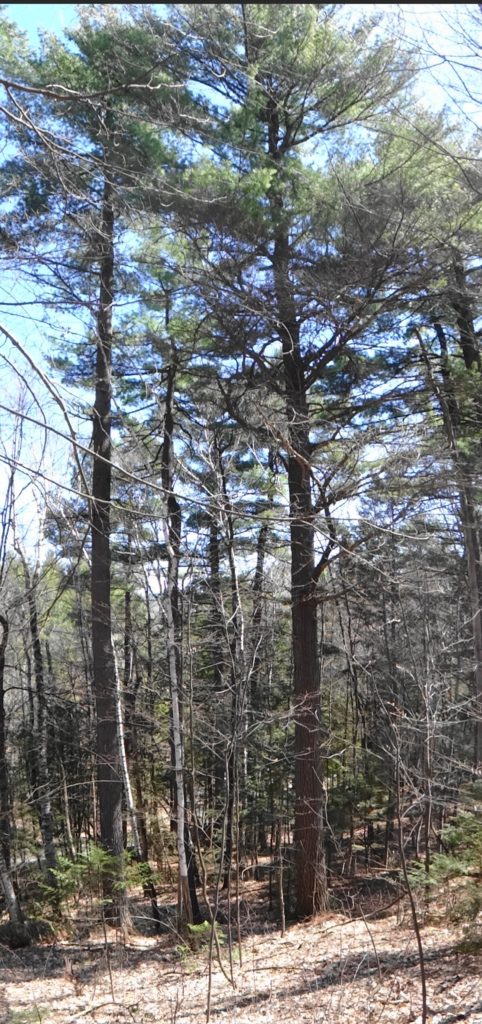
Once surrounded by development, most urban forests lose their wildest elements within a few months or years. The noise and visual disturbance drive away the most sensitive animals. Cats prowl along the wooded edges, hunting songbirds and small mammals with ruthless efficiency. Neighbours dump lawn and garden waste into the forest, introducing exotic and invasive plants. Returning fishermen dispose of unused, invasive nightcrawlers (earthworms), changing the soil and nutrient cycles. Temperatures in the forest rise, light increases, and humidity drops. The slow-growing trees that once prospered in the cool, damp woodland give way to faster-growing, sun and heat-loving species.
Such woodlands still have value to a community and a city. Both the forest and the community find a new balance. The chickadees that brighten the winter woodland will still delight children, as will the play of the squirrels in the summer. The leaves will still rustle in the wind. And if trilliums give way to bluets, will anyone but the most ardent naturalist notice or really mind?
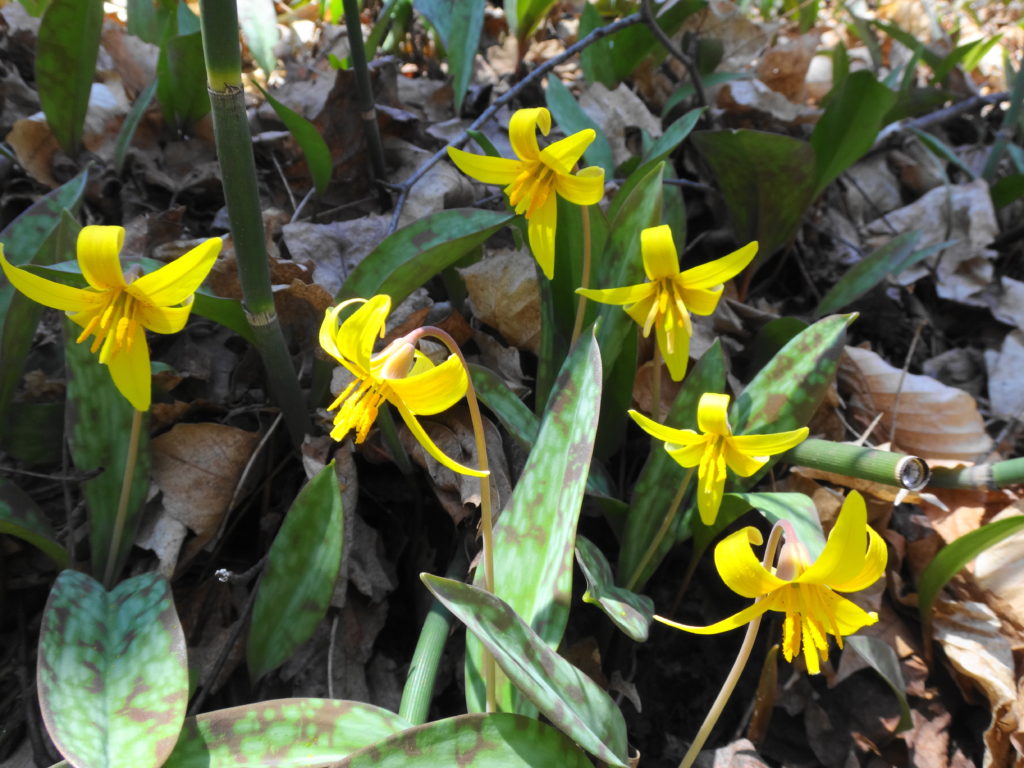
But those urban forests with the capacity to resist such change deserve special reverance and protection. Nestled in its ravine, Bilberry Creek is such a place. The ravine retains humidity and cooler air, shields the forest from traffic noise and prying eyes, retains its secrets. Although a graded, multi-use pathway cuts through the forest at one point, the steep clay slopes limit much of the ravine to rough, narrow nature trails. Mature, “super-canopy” white pines and hemlocks thrust through the deciduous trees, harkening back to the ancient, pre-settlement, northern hardwood forest that once blanketed most of central Canada. Tall, pockmarked snags provide nesting cavities for animals and birds. Massive nurse logs lie decaying in undergrowth, returning their nutrients to the soil, holding moisture for insects and fungi, and sheltering amphibians, mice and voles. The air is redolent with the rich odour of life.
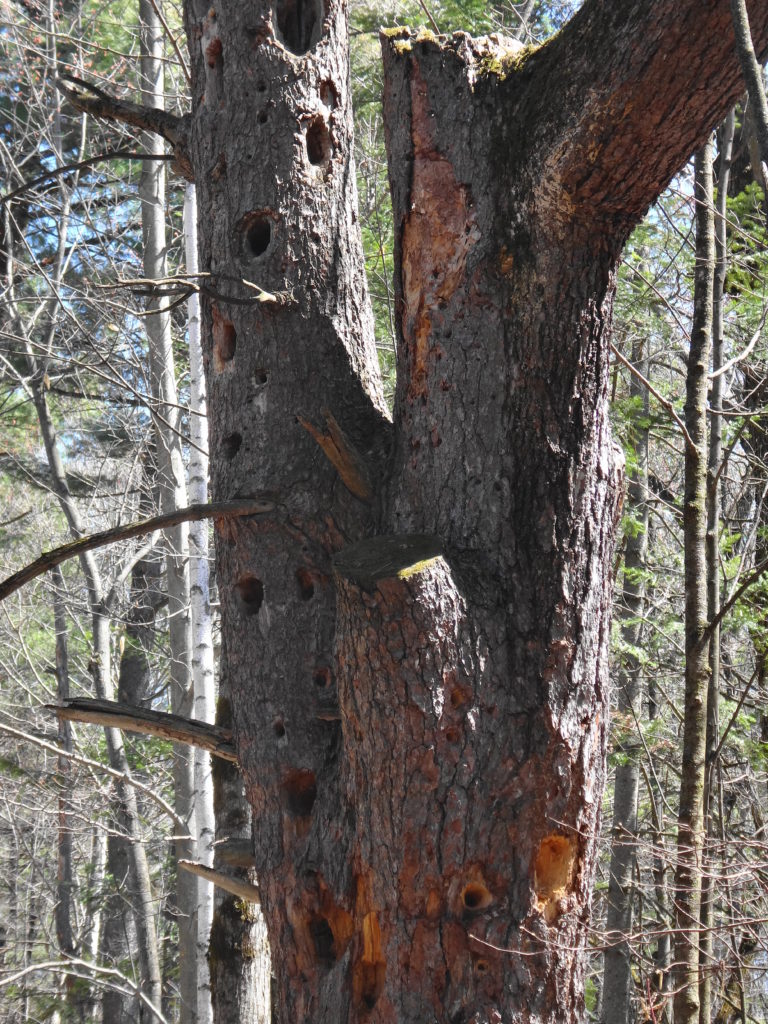
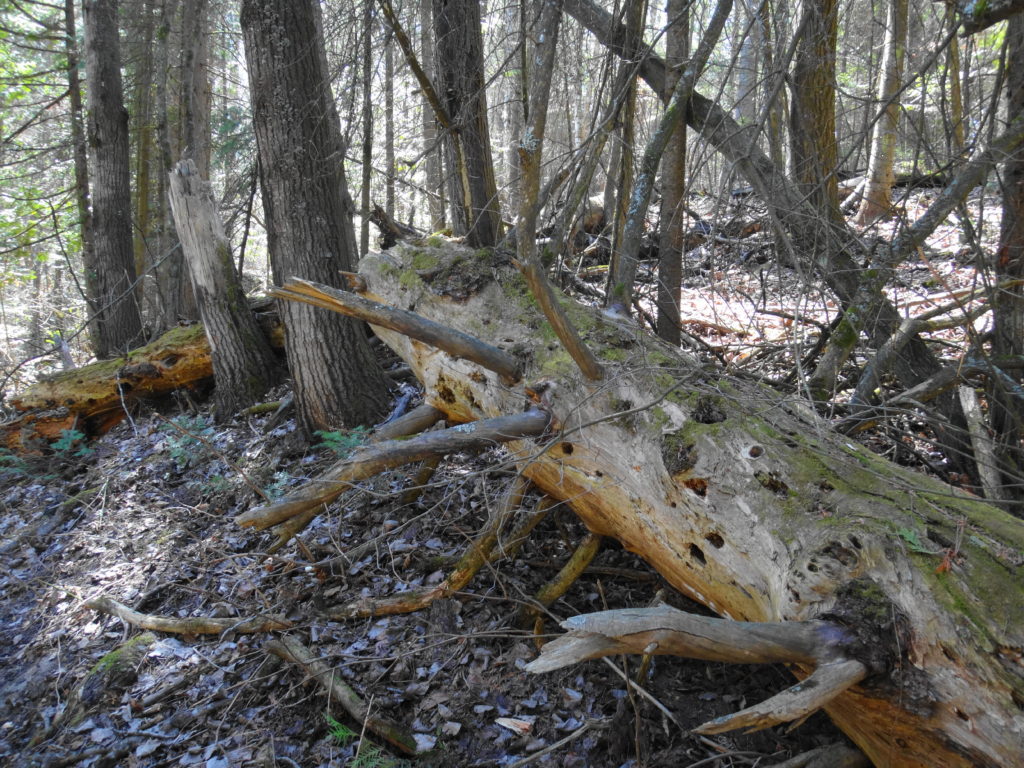
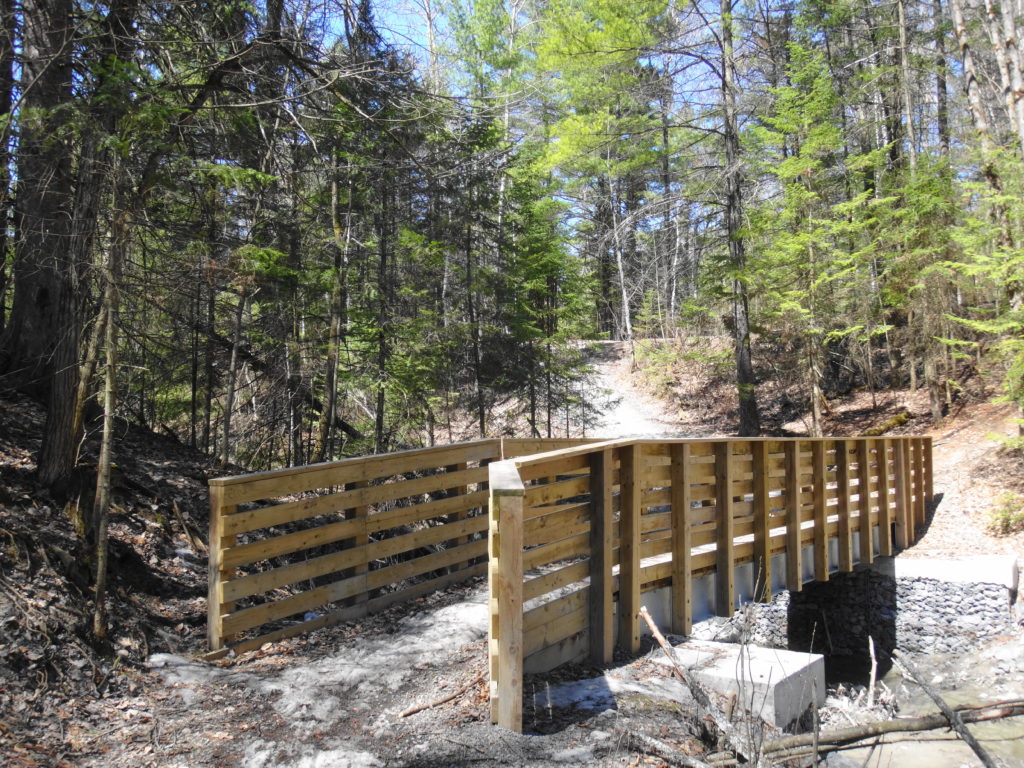
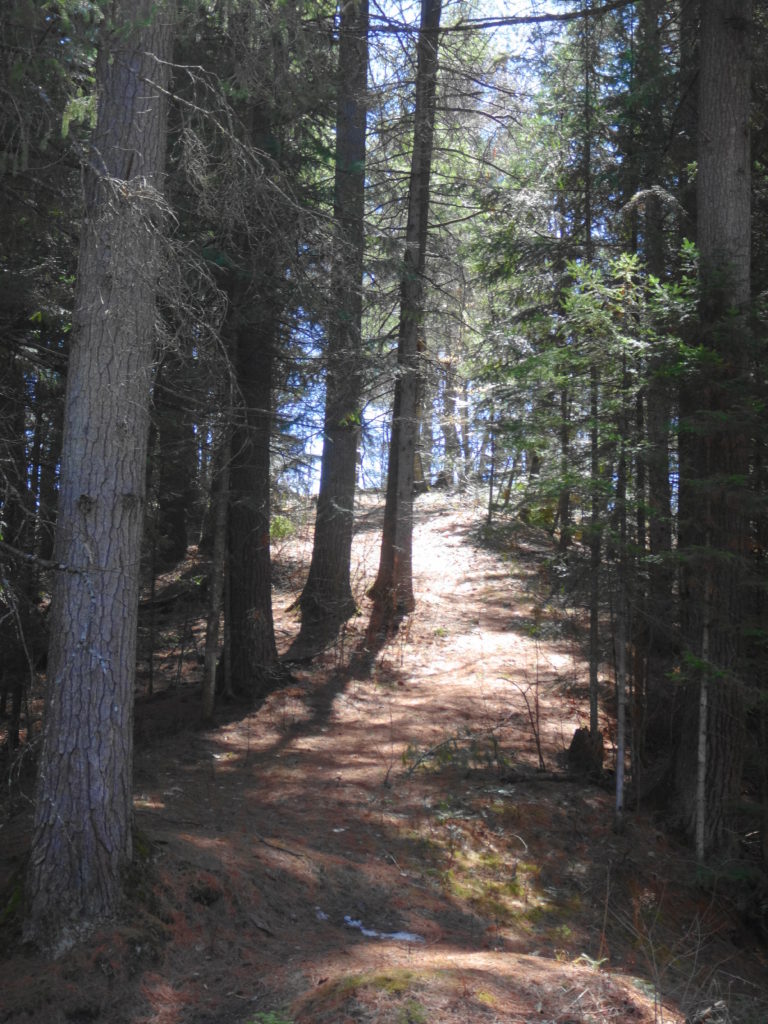
Bilberry Creek, itself, appears surprisingly healthy for an urban watercourse. On a spring morning, erosion and slope failures appear all along the creek, turning it grey with silt and clay Woody debris litters and clogs the channel. But did development cause these things, or do they result from the natural process of a young creek cutting into deep, clay soils? Probably both. Certainly the presence of old log crib walls along the creek suggests that the processes aren’t entirely new. In any event, they don’t appear to have discouraged the local beaver.

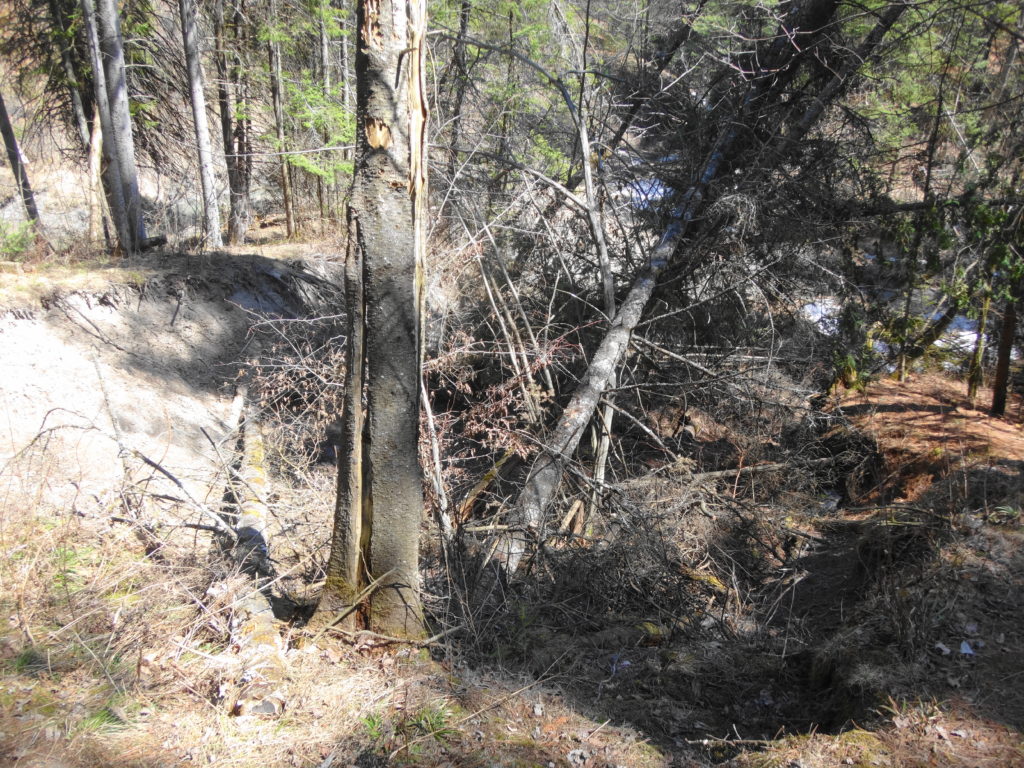
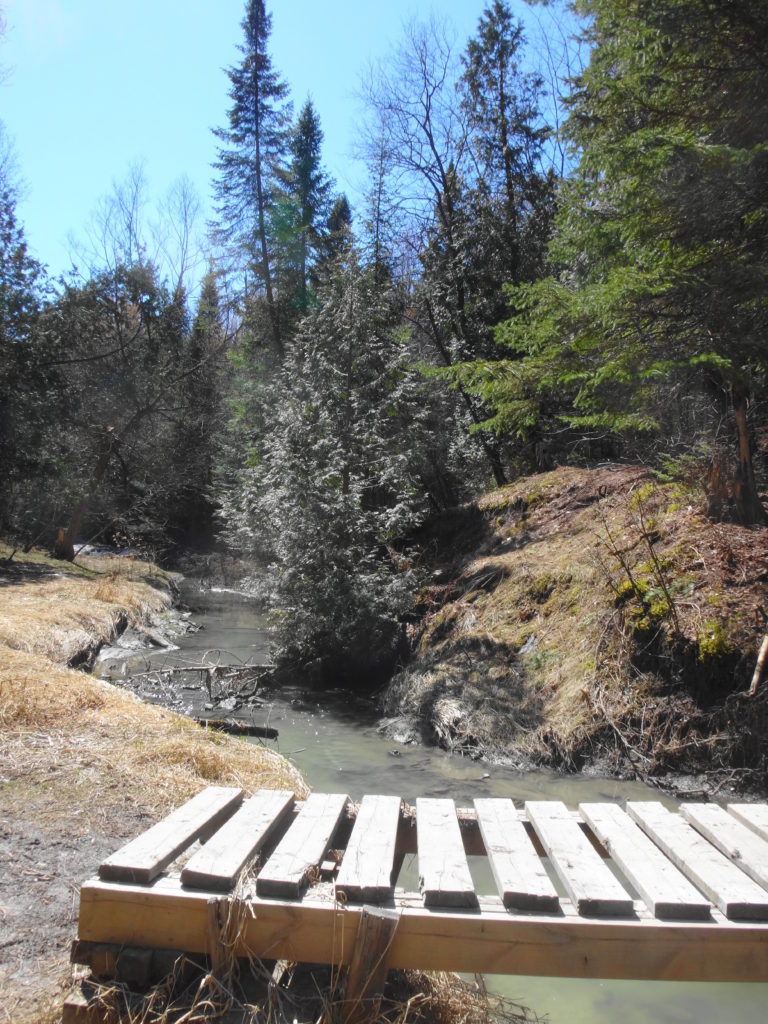
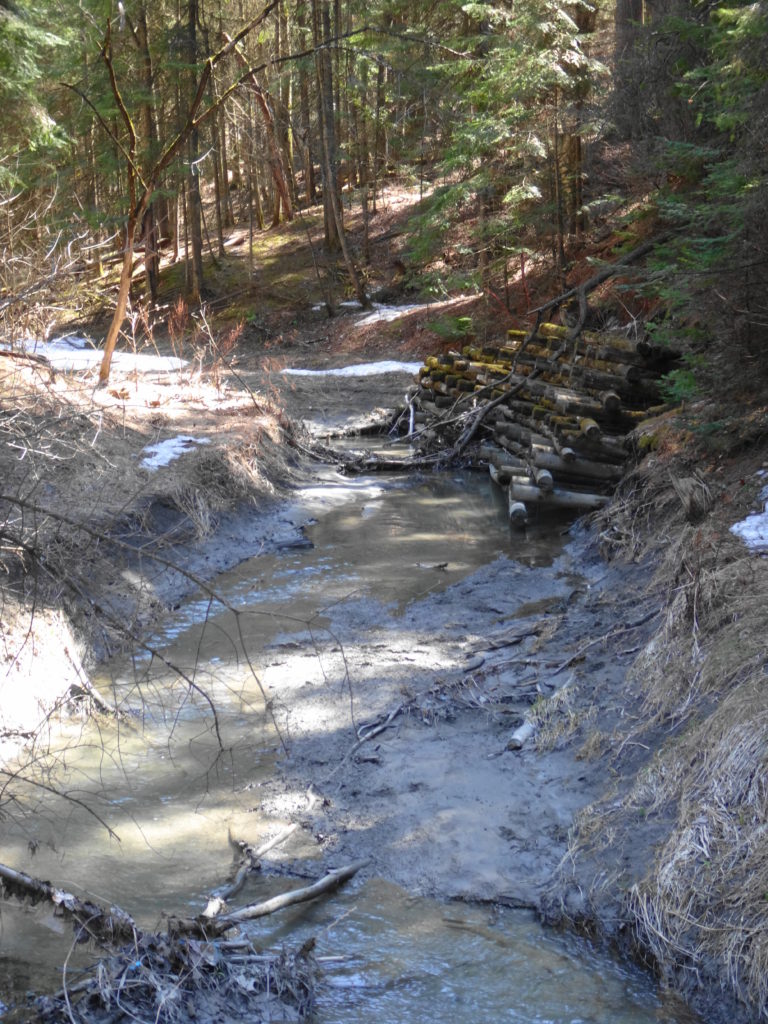
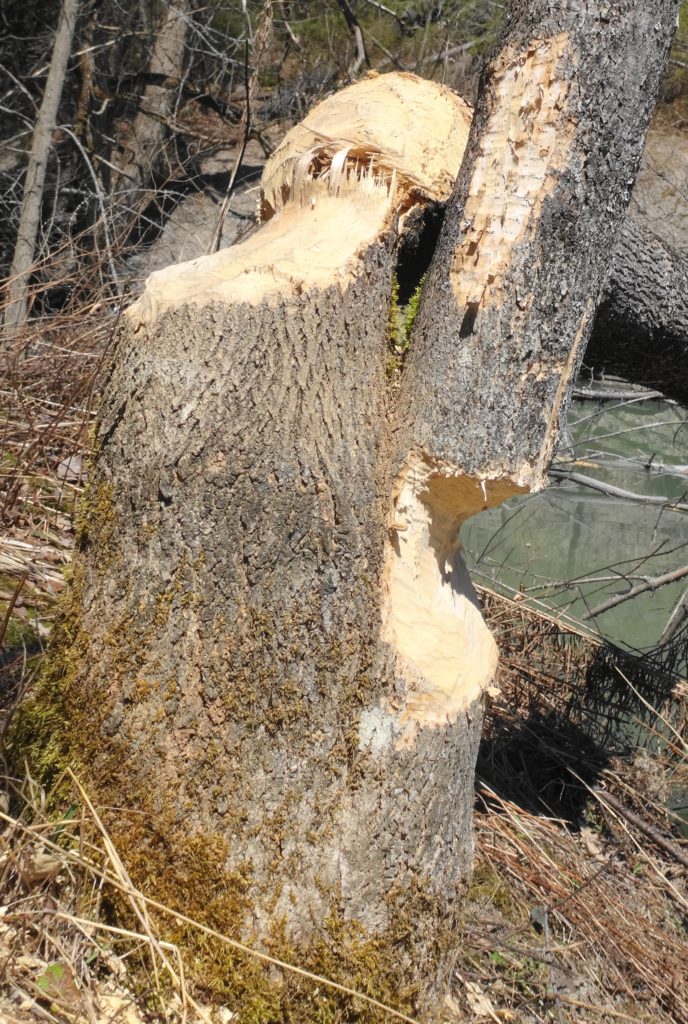
I would like to visit Bilberry Creek Ravine again in the winter. I can imagine strapping on a pair of snowshoes and walking softly down the trail into the hush and swish of snow sifting through the pines. Up ahead, perhaps, a pileated woodpecker would hammer on an old hemlock. Perhaps the trail of a fox or fisher would cross the track. After a while, I’d find a comfortable place to pause. I’d pull a flask of coffee from my small pack, and a sandwich, and I’d stand there lost in the woods until the cold finally drove me onward or back.
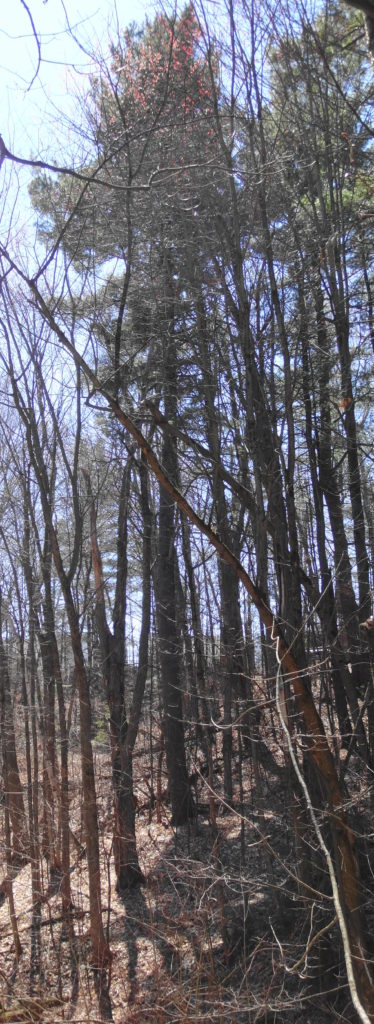
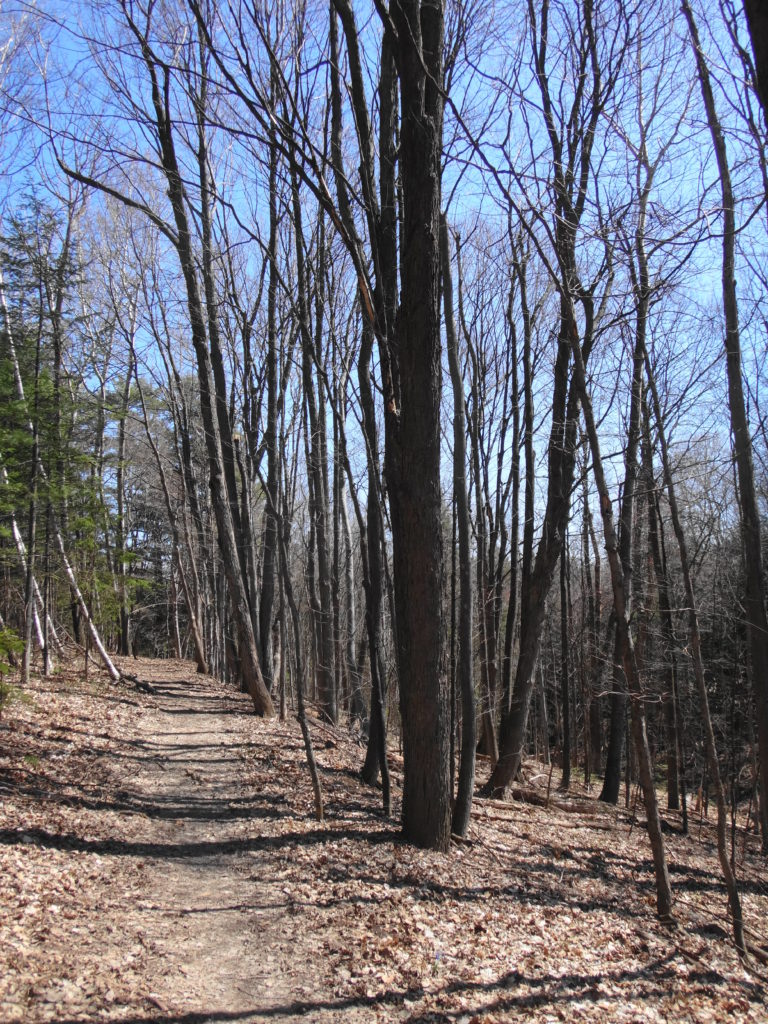


Lovely trails but i am wondering if their is a map of the Bilberry Creek trails other than just the mountain bike one as the walking paths lead to many directions and it would be nice to plan ahead a treck in this lovely forest and creek area. Thank you.
I don’t know of any maps for the eastern ravines. Much of the network appears to be informal trails. Check out GeoOttawa on the City’s website (www.ottawa.ca). Any formal City trails should be available.
All I can give you is a site that has downloadable maps. http://garmin.openstreetmap.nl/
I downloaded the “Routable Bicycle (Openfietsmap Lite)” maps for Ontario, and many of the park paths in Ottawa appear on those maps.
You can install these maps on many Garmin devices, just check . If you want to use it on your computer, you must download a program called Base Camp from the http://www.garmin.com website. You can do some PrtScrn from there to get a a paper version.
Hope this helps.
Today (June 19, 2021) as I walked the trail along Bilberry Creek (north of Des Épinettes, in Orléans), I saw a posted sign claiming that a map was available by email, at:
[email protected]
However, I do not know how old the poster is and if the offer is still valid.